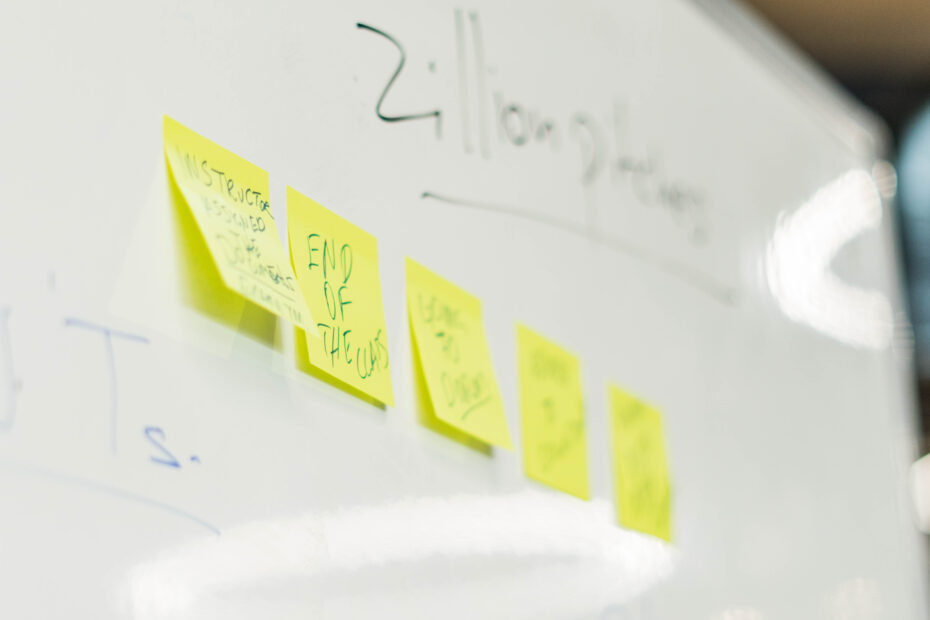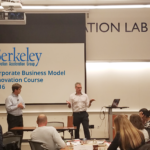While we can’t yet say we have exited the COVID-19 crisis, it has lasted long enough for us to reflect on some of its innumerable impacts, how they compare with earlier crises, and how we think about innovation in times of extreme dislocation.
In just the last 20 years of my life as an entrepreneur and innovation instructor I have seen three different episodes of massive and widespread disruption, not counting the ongoing and accelerating climate crisis. The three examples (with notes on what I was doing at the time) are:
- The September 11th 2001 attacks in the US (my co-founder and I were in the middle of VC fundraising for Addamark).
- The global financial crisis that began in Autumn 2008 (I was in the process of VC fundraising for LogSavvy).
- The havoc COVID-19 wrought on the world’s health and economic activity, beginning in 2019 and accelerating in early 2020 (IAG was planning entrepreneurship and corporate innovation programs around the world).
In each case, the outcomes for companies of all ages and stages ranged from utter devastation and even insolvency through stunningly rapid growth and success. This wide range of results drives us to ask “What are the factors that led to positive outcomes?” and “Can we learn anything to help us create crisis-proof organizations?”
As I reflect on all three of these crises, it seems to me that the companies that fared the best exhibited one or both of two characteristics, which I’ll call being “lucky” and being “quick.”
- The “lucky” ones are companies that happened already to be delivering precisely what the world suddenly needed in that specific moment of crisis. Think of airport security providers in late 2001 or videoconferencing tools (e.g. Zoom) or online retailers (e.g. Amazon) in 2020.
- The “quick” organizations had an existing culture of flexibility, experimentation and openness to change, coupled with the ability to understand rapidly changing customer needs and adjust immediately to meet them. In my own experience, for example, after 9/11 Addamark became a security-focused company almost overnight and went on to raise multiple rounds of capital and exit in a sale. In contrast, at LogSavvy I stubbornly insisted on keeping the same business and financing model through the financial crisis, and we failed completely at great financial (and emotional) cost.
What lessons can we take from these observations? I believe it was 1930s US sports star Lefty Gomez (a pitcher for the NY Yankees baseball team, for those of you who are curious) who first said: “I would rather be lucky than good.” While that’s a nice thought, it is not a strategy: we can’t always count on our luck, but we can always cultivate our quickness and thereby intentionally put ourselves in position to be “lucky” when the time comes.
I believe that our entire business environment is always changing, and moments of crisis are instances when this constant process accelerates dramatically or skips ahead several steps in an instant. In this context, the organizational practices and approaches that always serve us well also help us crisis-proof our organizations and position us to survive – and even thrive – through the next dislocation, whatever it might be and whenever it may arrive.
The foundation of these core practices – your organizational superpower – is an established repeating process for testing a continuous flow of new ideas against the real-world needs, desires and attitudes of your customers and other stakeholders. If you create and maintain this structured process of continuous experimentation, it will foster and strengthen the necessary culture and attitudes of your organization, building the confidence you can create and deliver value, balanced with the humility to accept you don’t already know all the answers.
I summarize these conclusions in the simple three-word suggestion: Don’t Stop Starting!




